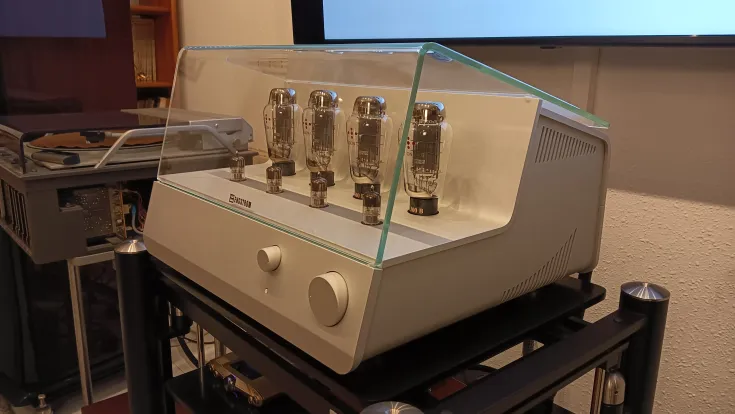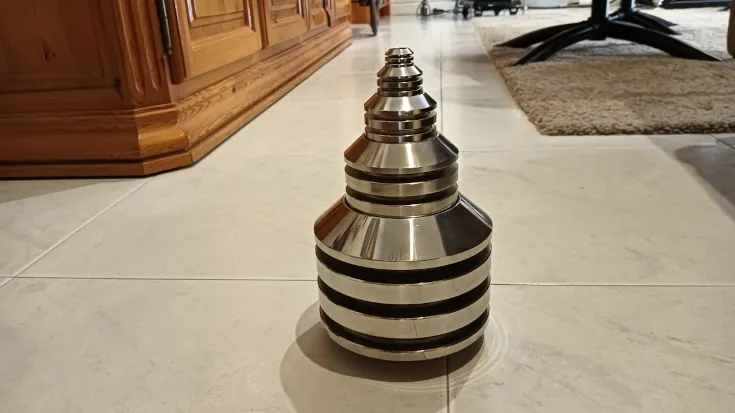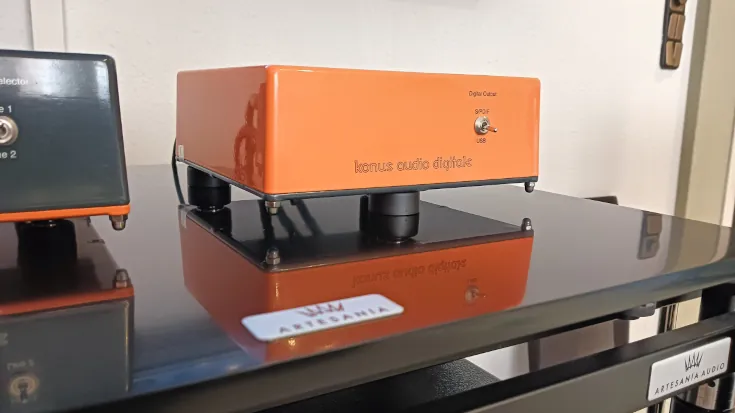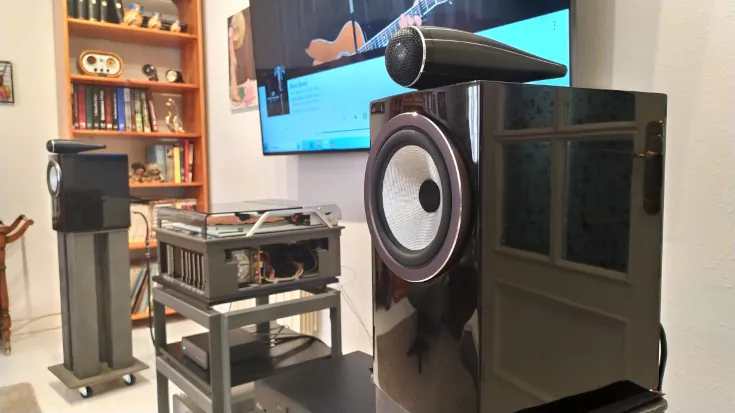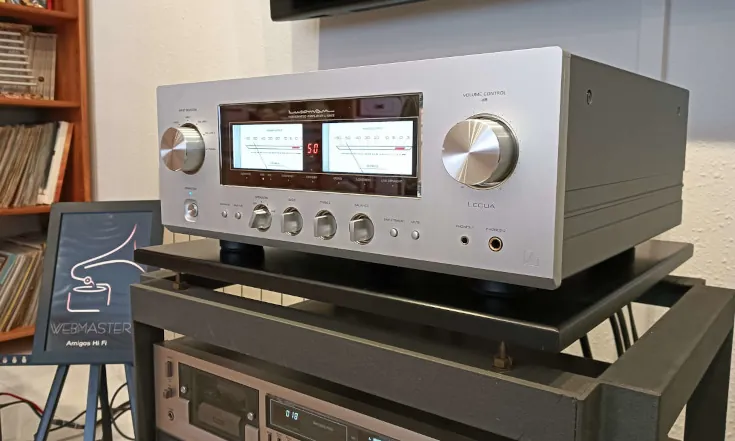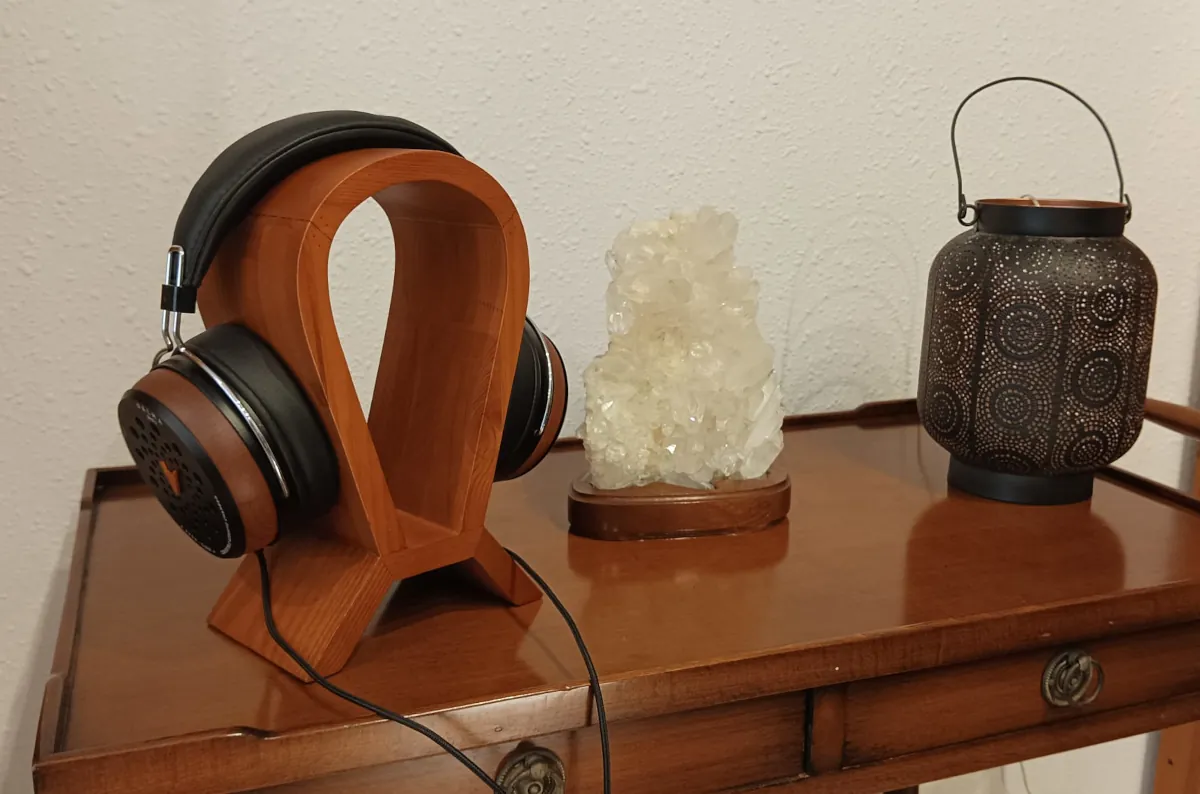
When you're testing a product with a multitude of options and settings, you're always left with the feeling that you haven't spent enough time trying out all the possible combinations and their respective responses in the sound signal. At least, that's how I feel. This is typical of DACs or digital devices with extensive and endless drop-down menus, either on the device itself or in its app. But with headphones, this doesn't make much sense, and yet...
But let's start from the beginning, so we can follow the thread and not get lost along the way.
A phone call and a European patent: EP: 23383080.1
One day, I received a call from Salvador Danglà, a true audio guru in Spain, who asked me: "Have you heard the Palma Audio headphones?" That's how it all started.
Among the things he told me, one sparked my curiosity the most:
These headphones can be used with or without the ear cups. They are protected by a European patent.
Salvador Danglà
Once you have the box in front of you, there is nothing out of place in terms of what you would expect from a product of this level. For the price, you demand details, care, and meticulous attention to the senses of the buyers. I'm not talking about sound, but about the product analyzed visually and then physically by touch. Carefully sliding your fingers over all the shapes, testing the protective cushions, the Sapeli wood in the sound box, the rigidity of the headband and its protections. For those of us who don't have hair on our heads, this is more important than it might seem at first glance.
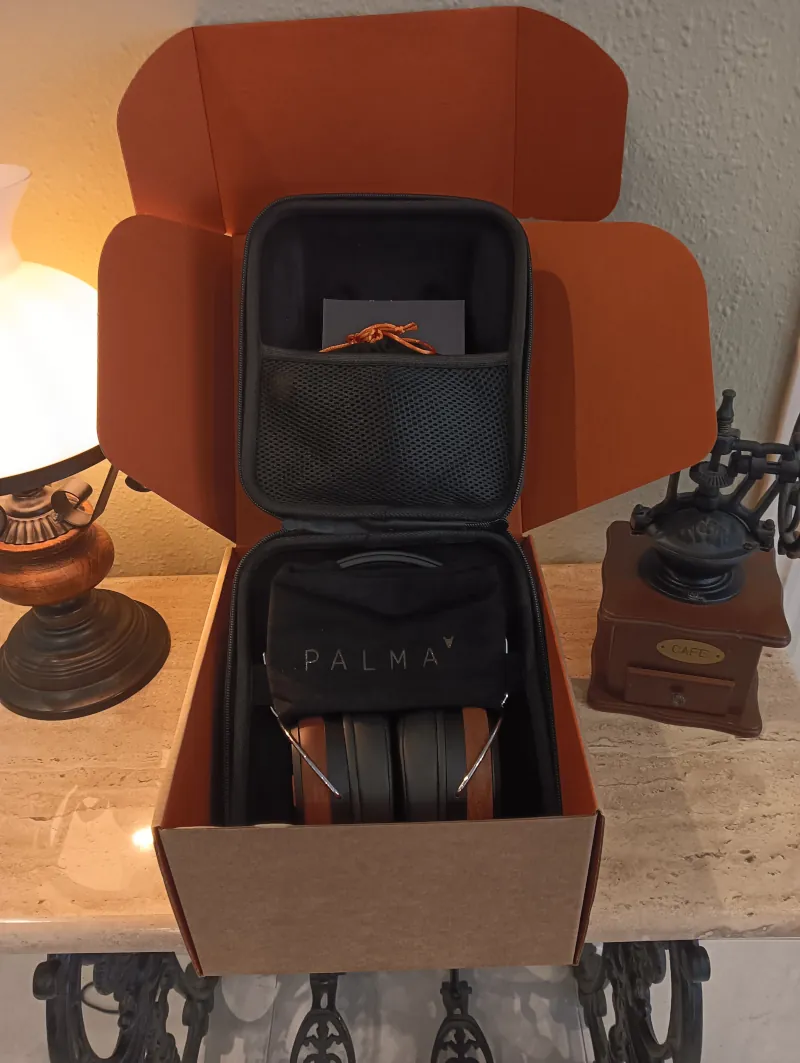
Palma Audio DHS-1
An elegant protective case, tailor-made for the product, allows you to transport it without taking up too much space in your suitcase. Three different cables, to suit everyone's needs. I mention all this to highlight the effort that has gone into presenting a "finished" product. In the future, perhaps, they will introduce new versions or different finishes of the same product. I honestly don't know. What is clear is that they have not put off until tomorrow what they have done today: first-class headphones. And a curious detail: the scent. Inside, we find an aromatic wooden ball. It's not a sales pitch, it's a smile that appears on your face when you feel the freshness and something different.

How does the open/closed system work?
First of all, it is not strictly open. According to the manufacturer, its openness level is 80%. In general, this degree is lower than the strictly open ones we can find on the market. This is neither good nor bad; it is a feature that all good listeners will appreciate later on.
The internal mechanism works as follows. On the outside of the headphones, you can rotate an external disc with holes clockwise or counterclockwise. This way, with a small turn, you can leave the headphones with or without rear ventilation. With the implications this has for the sound. But that's not all, it's not black and white. You can play around with the position of the discs to make them more or less closed, or open, whichever you prefer. And to complicate things a little more, you can fine-tune the right earpiece to compensate for any problems or deficiencies you may have in your ears. That's why my volume testing seemed to have no limit and no end.
Equipment used in testing
Sound source:
» TEAC UD-H01
» NuPrime DAC 9X
» Roon Server
» Qobuz Studio
Headphone amplification:
» Little Dot MKIV
Cables:
» Wires4Music for wiring:
» Horus Hybrid RCA interconnect
» Evolution on speakers and mains
HiFi rack:
» Artesanía Audio Exoteryc Rack PRO
Headphone amplifier: Yes or No?
It depends on the circumstances. If you want to thoroughly test a pair of headphones and you don't have one, then it's not really an option. With the "normal" headphone outputs built into various music devices, it's not a good idea, generally speaking, with some exceptions. With my Little Dot MK IV dedicated amplifier, with the pins correctly positioned for the Palma, yes.
Without the dedicated headphone amplifier, you can hear the music perfectly, but with a slight halo that dilutes the details. With the amplifier, those details flow and you can be aware of the full quality of the source and its analog performer. It's like light applied to music in a dimly lit room.
Volume on the Palma Audio DHS-1
Those of us who have been "burned" in the audio world for a few years know how to distinguish the philosophy and intrinsic quality of headphones simply by turning up the volume to the maximum. The soundboard and the structure of the frame and its associated parts are put to the test in terms of their ability to absorb vibrations. The breaking point of sound clarity becomes palpable, and most low-end or mid-range headphones fail miserably when trying to deliver a volume that the transducer can produce but the system cannot handle. At maximum volume, which is not recommended for hearing health, there is no loss of quality and control and absorption of vibrations and energy accumulation within the enclosure are maintained until the potentiometer reaches 95%. As this figure is ridiculous, I dare not blame the problems on the headphones or overuse of amplification. We pass the test with flying colors.
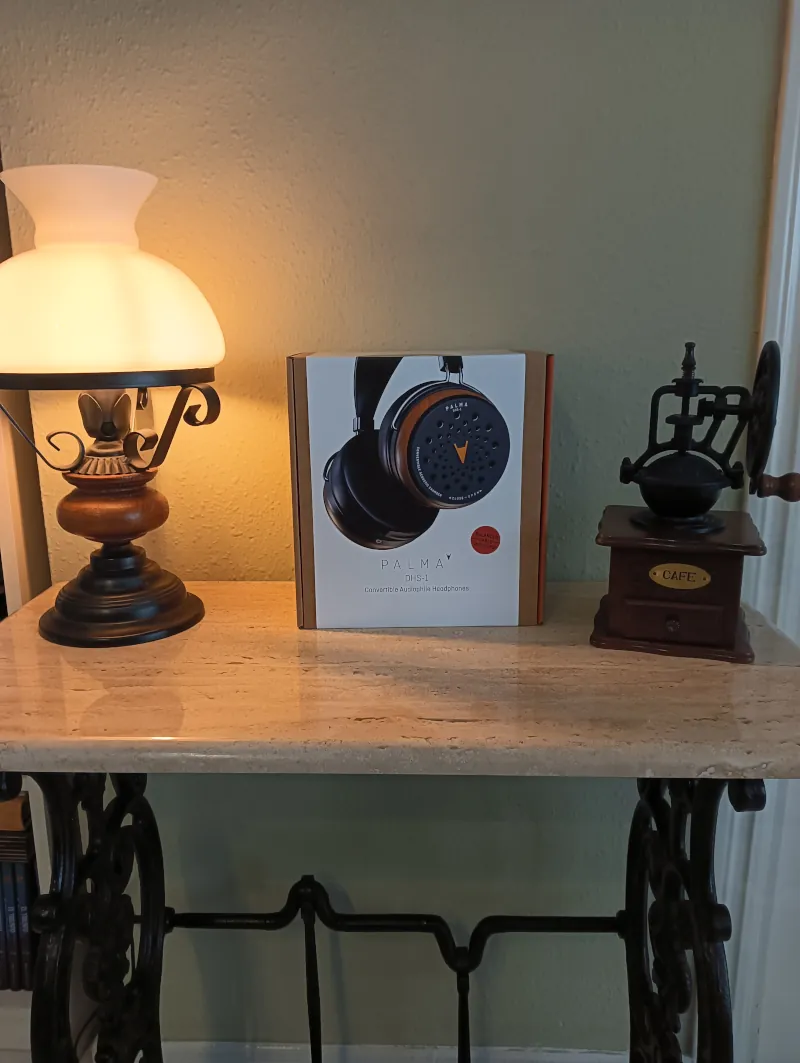
Consult the expert
As I have a direct line to the company's technical service, I asked them a few questions about this and I think their answers are worth mentioning:
Are the three different hole sizes and their distribution due to frequency length or purely aesthetic reasons?
The lid is rotated 15 degrees, and the diameters must be adapted to the available angular space depending on the distance from the center of the lid, optimizing the layout so that there is minimal interference between them.
Is there any significance to using Sapeli instead of something more classic like ebony?
Sapeli was chosen for two reasons: its acoustic quality and the ease with which it can be machined using numerically controlled machinery.
Are the transducers from a manufacturer that can be mentioned?
We have used transducers manufactured by third parties, after an exhaustive selection process involving eight different manufacturers. We reserve the right to keep their names for internal use.
Mozart's Requiem

There is nothing to say or add to the extensive bibliography that has been published about this magnificent work. I have chosen it to talk about sound because of its musical details, which should be enjoyed sip by sip. The magnificent Jordi Savall approaches the composition with remarkable delicacy and attention to detail. And as always, his recordings are of such impressive quality and precision that they will stand the test of time with more dignity than many others made at the same time.
Let me highlight "Lacrymosa." The piece itself is one of the best, if not the best, I have ever heard. And I've heard quite a few. It is all sensitivity and, at the same time, a broken rhythm, somewhat martial at times, marking the beginning of loss, resignation, and acceptance of the death of a loved one. With all this in mind, being able to accompany the different phases of the music with the sound required in each one is no easy task. In my world of passions and obsessions, this piece must be listened to with high-quality headphones or a top-of-the-line sound system in a large room—no, a huge room. There is no middle ground.
The Requiem is a choral work, where the amount of sound stimulation comes at you from all sides. It is not a solo of anything, it is all music; the instruments, with the main voices and choirs dialoguing with each other, form part of a whole. The difficulty of reproducing it satisfactorily for the discerning ear is high. It is not Verdi's Requiem, which is exaggerated for my taste. There are no big stars here, everything has its place. Everything must play its part and everything must add to the whole.
I leave it to expert readers to judge what I have just written and defined. And to the more novice among you, I would say that what I have described is not something that any headphone system can do justice to. Palma Audio DHS-1 has done it.
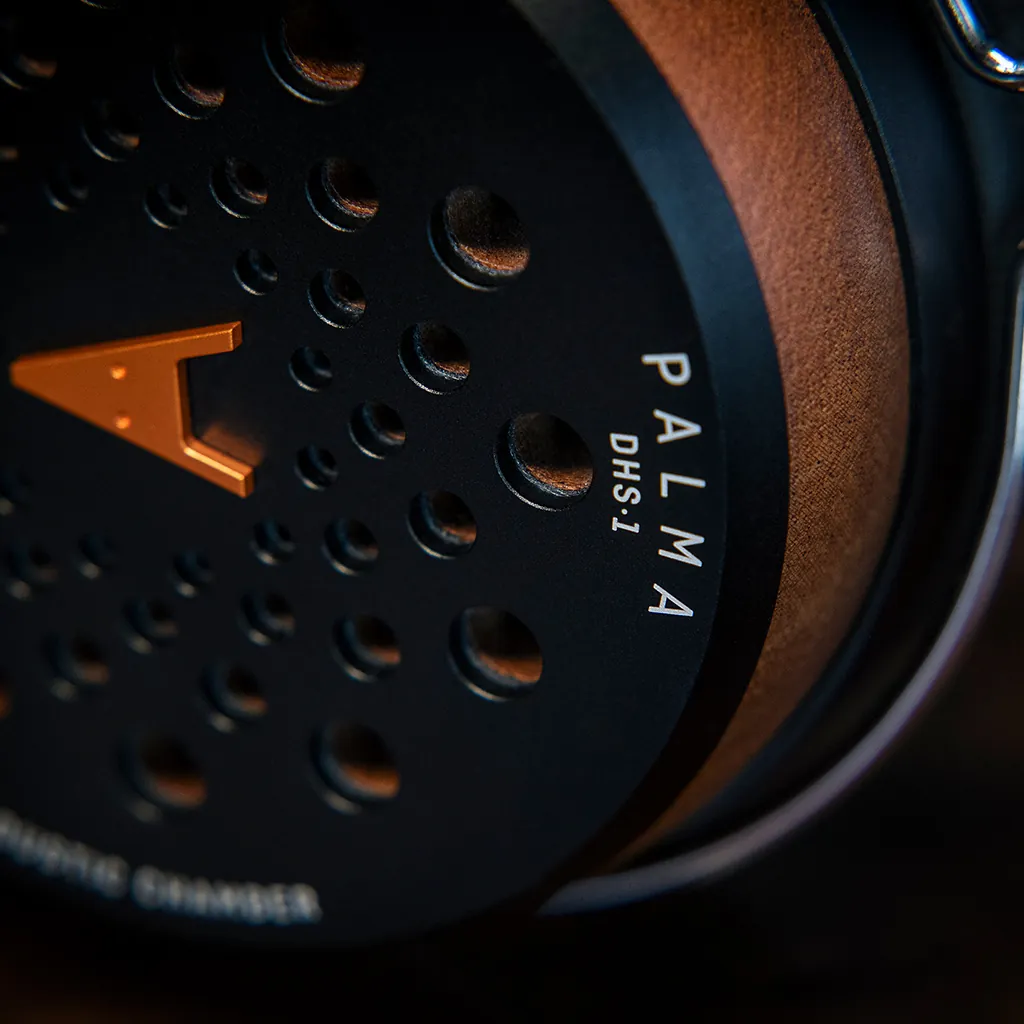
Micro settings
Although the headphones have dedicated cables to connect them to a mobile phone, I don't think any regular reader of Amigos HiFi would have thought of doing so. Indeed, no.
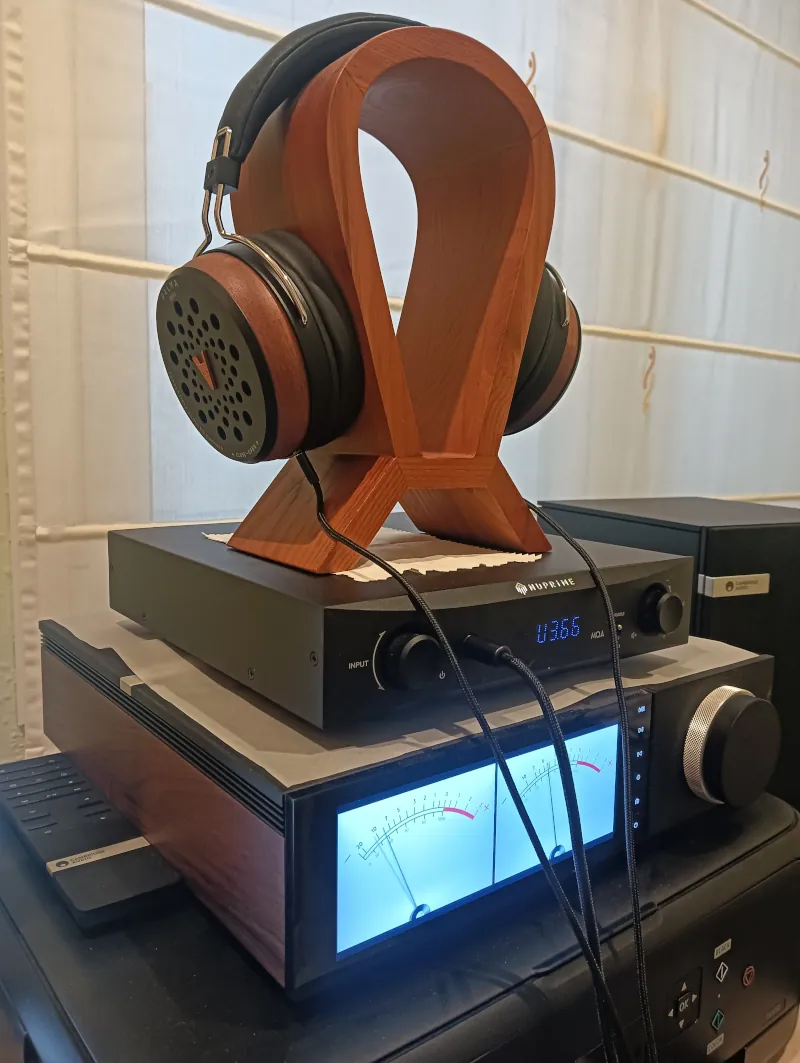
Even so, I was able to spend hours fine-tuning the Palma headphones (to my ear). How is this possible? By controlling the amount of free output you allow to each transducer individually, you can customize the headphones to your musical preferences or shortcomings. No need to use the drastic open or closed settings. You can play around with 0% and 20% occlusion, to give just one example. This patent-protected versatility has to be tried to be fully appreciated.
Conclusions
Palma Audio DHS-1 is a headset with an international look. Every detail has been designed for an audience accustomed to quality. It follows in the footsteps of other Spanish brands where location is incidental, not fundamental.
It delivers everything you would expect for the price and its finish is similar to other leading products on the market, albeit at a higher price point. The company takes great care of its external image and everything it projects to the audience is meticulously calculated.
Its versatility in sound settings makes it superior to the competition under identical test conditions. I'm glad I was able to squeeze a little more into my schedule to make room and time for this product.
| Manufacturer's website | Palma Audio |
| Distributor's website | Palma Audio |
| Price | 2195€ RRP |
| Technical Specifications | |
| User Manual |
More review
-
NuPrime STA 9, Class A/D
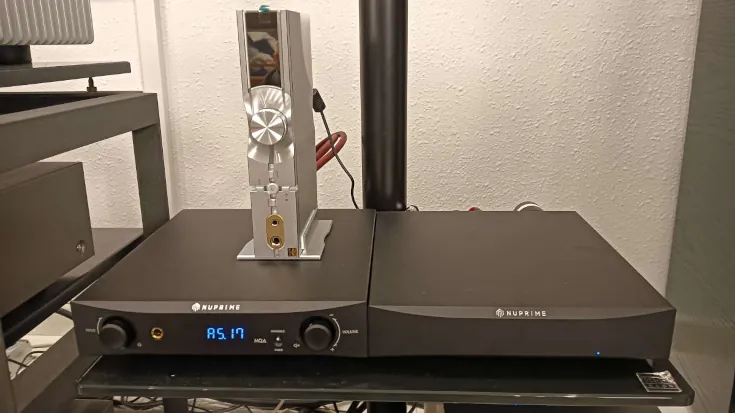
The NuPrime STA 9 could be your gateway to reference-quality high fidelity.
-
NuPrime DAC 9X
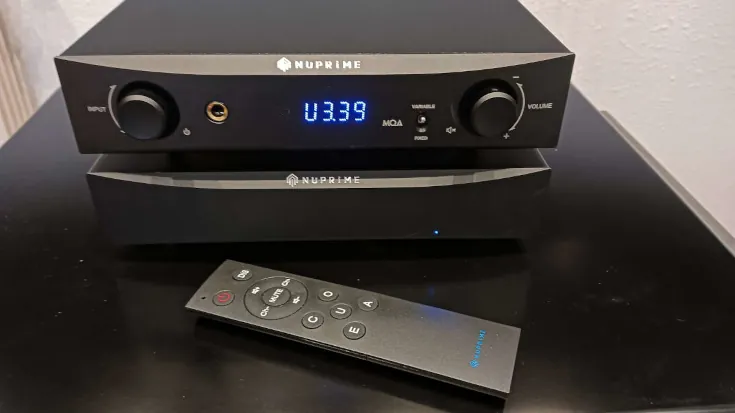
Its sound is somewhat difficult to define because it does not adhere to the usual tropes of the...
-
iFi Audio Neo Stream, the future is now
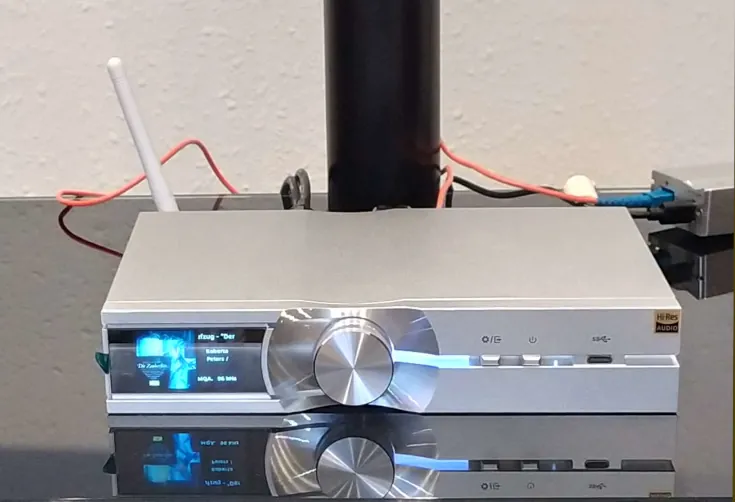
No expert would spend their money on a streamer with poor connectivity, Neo Stream has it all.







